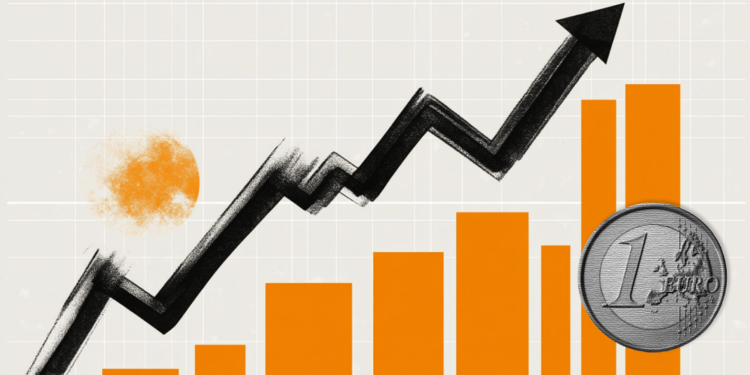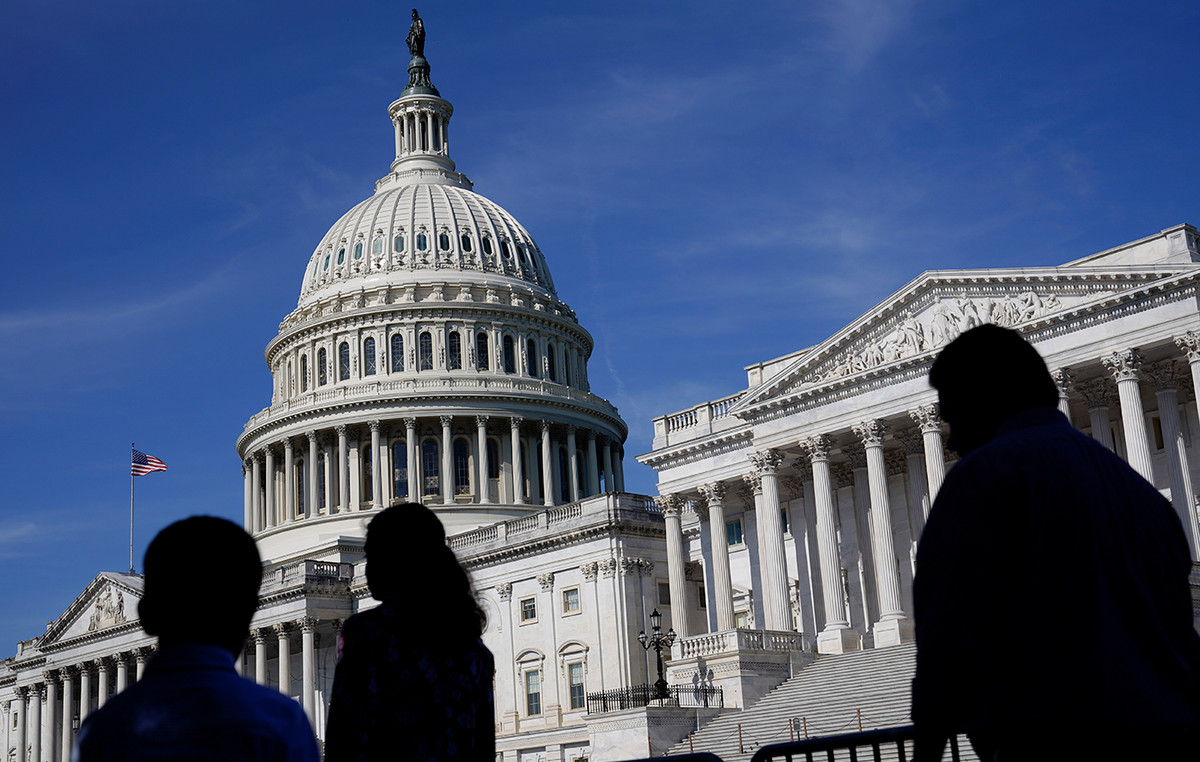- Australian Dollar remains weak following Australian CPI data.
- Markets are awaiting the Fed’s decision later in the session.
- Divergences between the RBA and the Fed could rescue the Australian dollar.
The Australian Dollar continues to underperform on Wednesday as markets digest mixed inflation data from Australia. A slightly softer outlook from China continues to fuel concerns about the Australian economy. However, the Reserve Bank of Australia’s (RBA) reluctance to introduce rate cuts due to high inflation could provide a safety net for the Australian Dollar.
Continued inflationary pressure on the Australian economy is leading the RBA to postpone rate cuts. Predictions suggest the RBA will be one of the last G10 countries to initiate a rate cut, a move that could limit further downward pressure on the Australian dollar.
Daily Market Wrap: Australian Dollar Weakness Persists Following Australian CPI Data
- The ‘risk-off’ sentiment prevails due to concerns about a slowdown in the Chinese economy, significantly impacting Australia’s economic stance. Attention now turns to the June and second quarter Consumer Price Index (CPI) figures released on Wednesday.
- The Australian Bureau of Statistics (ABS) reports that Australia’s second quarter headline CPI rose 1.0% quarter-on-quarter, accelerating to 3.8% year-on-year from 3.6% previously. At the same time, June headline CPI is projected to have fallen to 3.8% year-on-year.
- Given that the inflation rate is significantly exceeding the 2-3% target range, the RBA is expected to remain patient with its policy changes. This cautious approach means that the swap market is predicting the first 25 basis point cut only next summer.
- For the rest of the session, investors will be attentive to the decision of the Federal Reserve (Fed), which will set the pace for the pair.
AUD/USD Technical Analysis: Bearish stance, bullish momentum is not enough to trigger a reaction
AUD/USD’s sustained trading below the 20-, 100- and 200-day Simple Moving Average (SMA) confirms an overall bearish outlook. Even though the indicator readings remain firmly in negative territory, the oversold condition could trigger a correction. However, the weak bullish momentum could lead to a period of sideways trading unless a major fundamental development occurs.
Key support levels have been set at 0.6530 and 0.6500, with resistance levels at 0.6600 (200-day SMA), 0.6610 and 0.6630.
The Australian Dollar
One of the most important factors for the Australian Dollar (AUD) is the level of interest rates set by the Reserve Bank of Australia (RBA). Since Australia is a resource-rich country, another key factor is the price of its largest export, iron ore. The health of the Chinese economy, its largest trading partner, is a factor, as is inflation in Australia, its growth rate and the Trade Balance. Market sentiment, i.e. whether investors are betting on riskier assets (risk-on) or seeking safe havens (risk-off), is also a factor, with risk-on being positive for the AUD.
The Reserve Bank of Australia (RBA) influences the Australian Dollar (AUD) by setting the level of interest rates that Australian banks can lend to each other. This influences the level of interest rates in the economy as a whole. The RBA’s main objective is to maintain a stable inflation rate of 2%-3% by adjusting interest rates up or down. Relatively high interest rates compared to other major central banks support the AUD, and the opposite for relatively low ones. The RBA can also use quantitative easing and tightening to influence credit conditions, with the former being negative for the AUD and the latter positive for the AUD.
China is Australia’s largest trading partner, so the health of the Chinese economy greatly influences the value of the Australian Dollar (AUD). When the Chinese economy is doing well, it buys more raw materials, goods and services from Australia, which increases demand for the AUD and drives up its value. The opposite occurs when the Chinese economy is not growing as fast as expected. Therefore, positive or negative surprises in Chinese growth data often have a direct impact on the Australian Dollar.
Iron ore is Australia’s largest export, worth $118 billion per year as of 2021 data, with China being its main destination. The price of iron ore can therefore be a driver of the Australian dollar. Typically, if the price of iron ore rises, the AUD rises as well, as aggregate demand for the currency increases. The opposite occurs when the price of iron ore falls. Higher iron ore prices also tend to lead to a higher probability of a positive trade balance for Australia, which is also positive for the AUD.
The trade balance, which is the difference between what a country earns from its exports and what it pays for its imports, is another factor that can influence the value of the Australian dollar. If Australia produces highly sought-after exports, its currency will gain value solely because of the excess demand created by foreign buyers wanting to purchase its exports versus what it spends on buying imports. Therefore, a positive net trade balance strengthens the AUD, with the opposite effect if the trade balance is negative.
Source: Fx Street
I am Joshua Winder, a senior-level journalist and editor at World Stock Market. I specialize in covering news related to the stock market and economic trends. With more than 8 years of experience in this field, I have become an expert in financial reporting.







